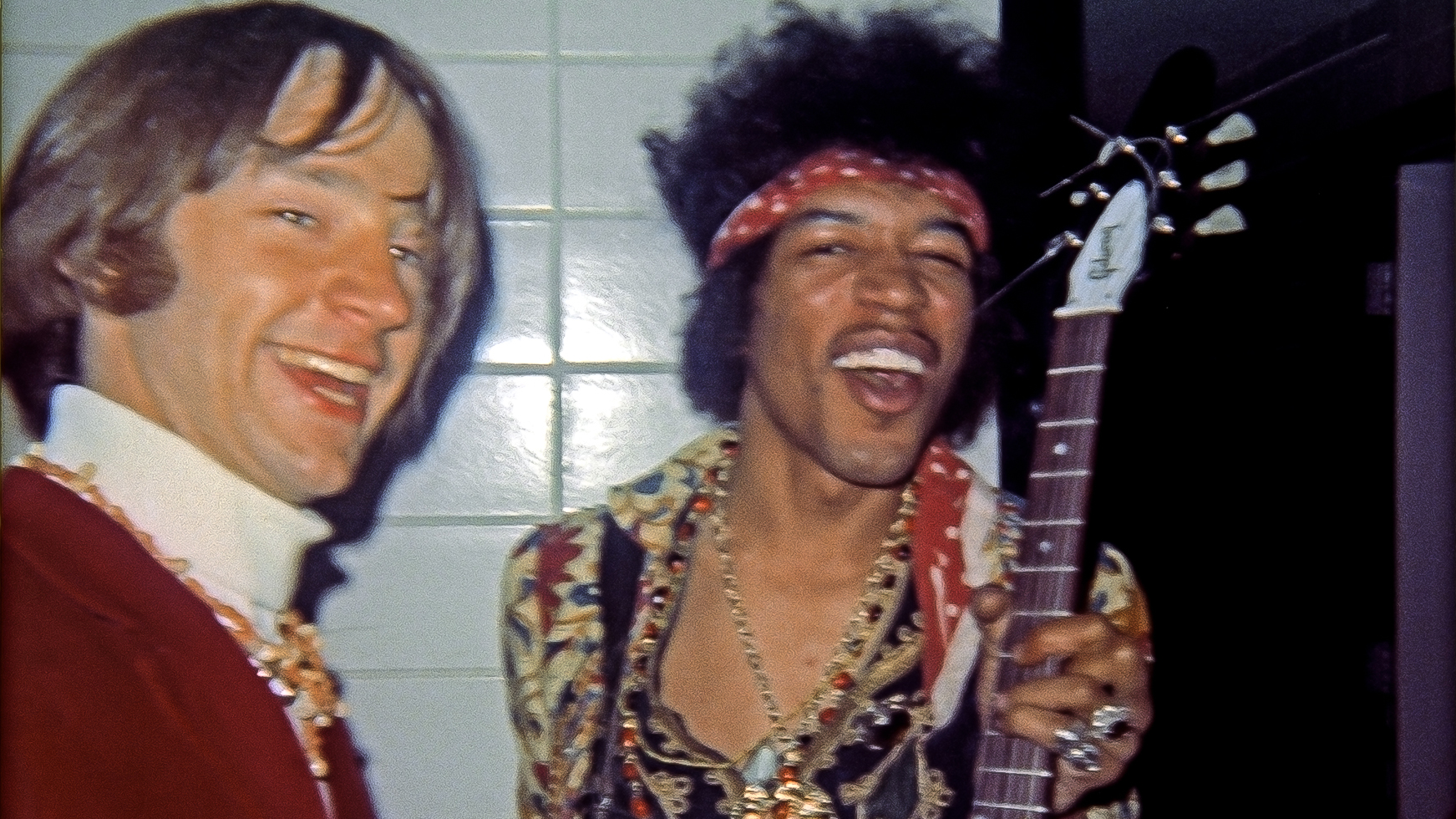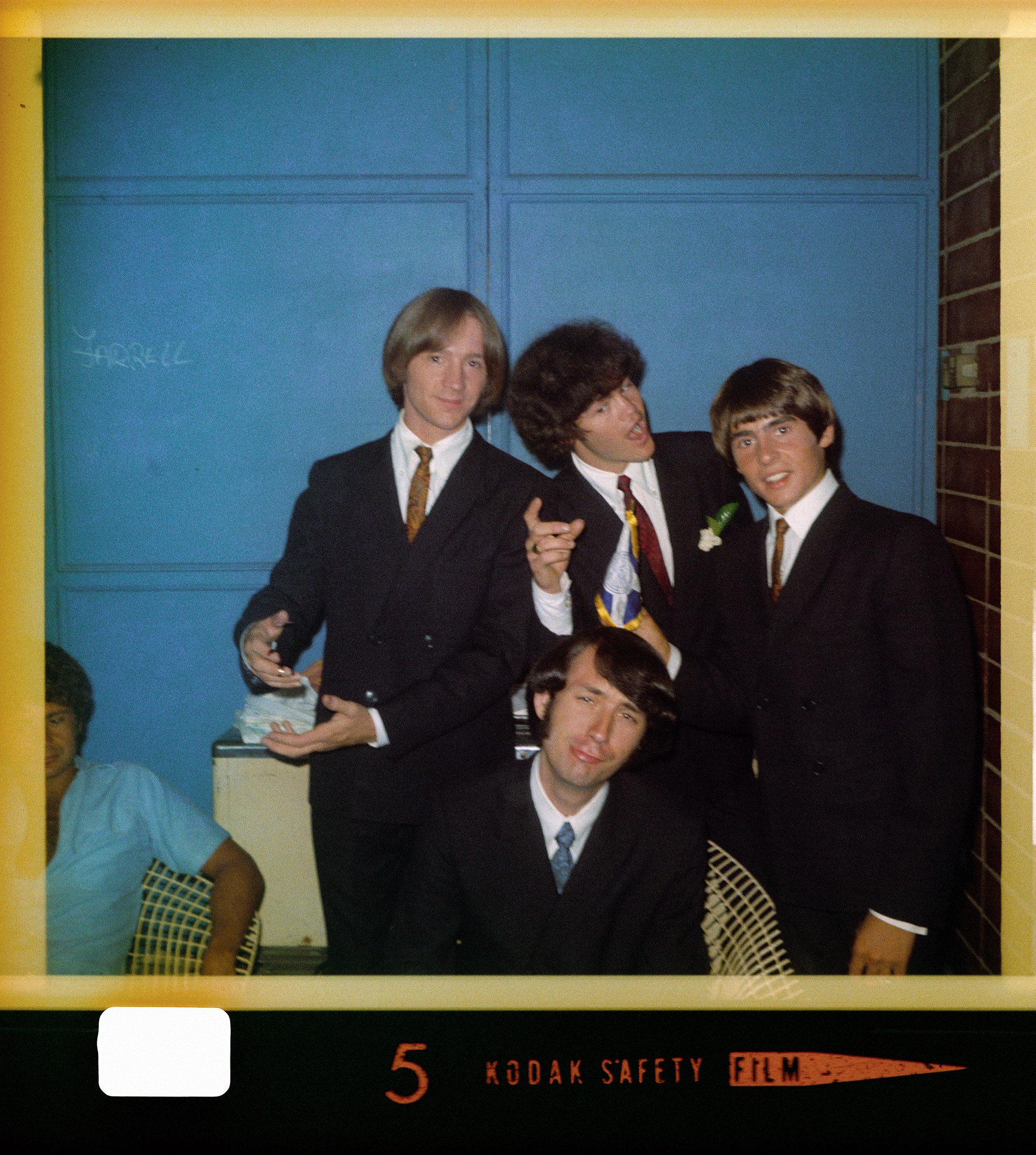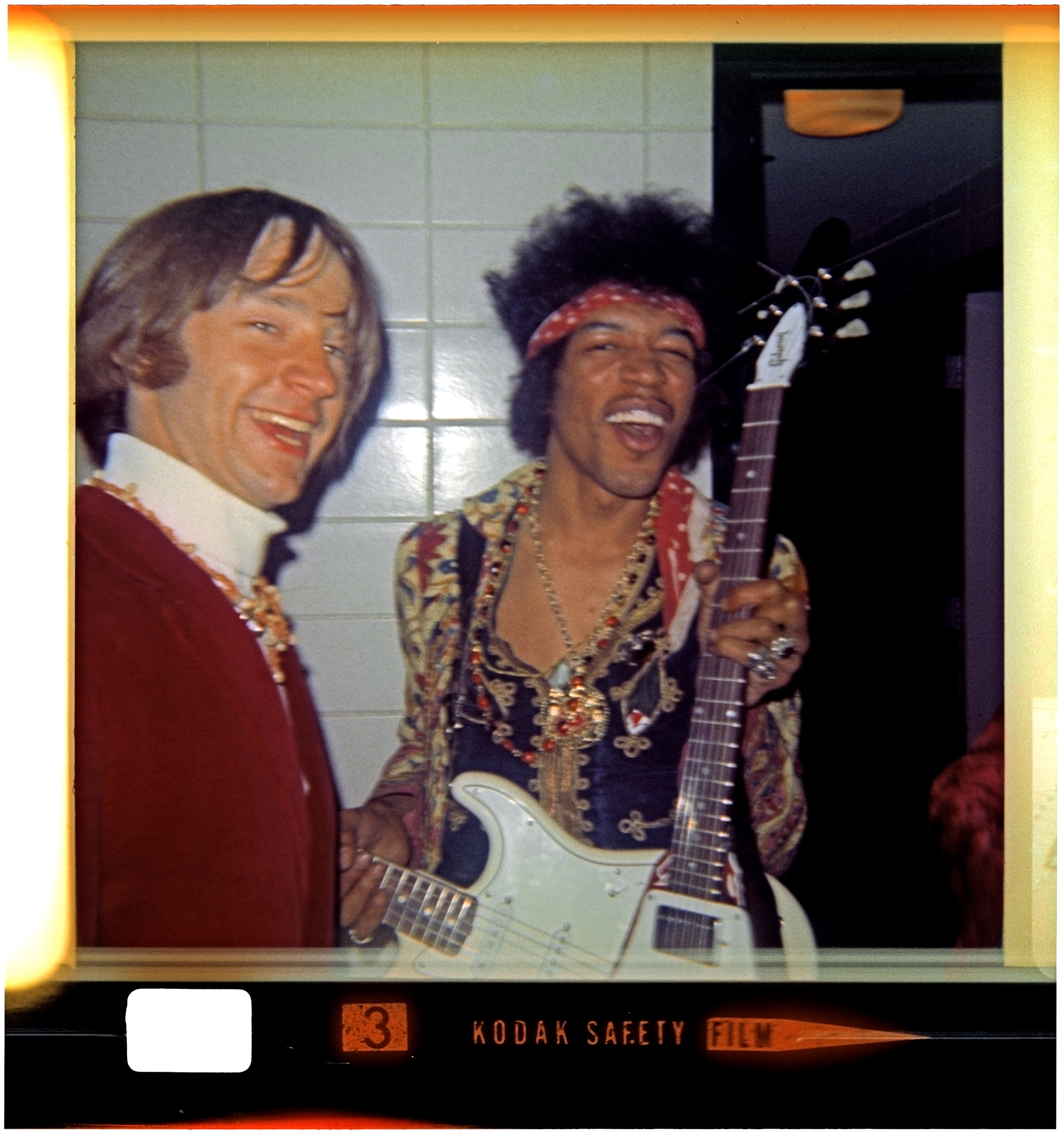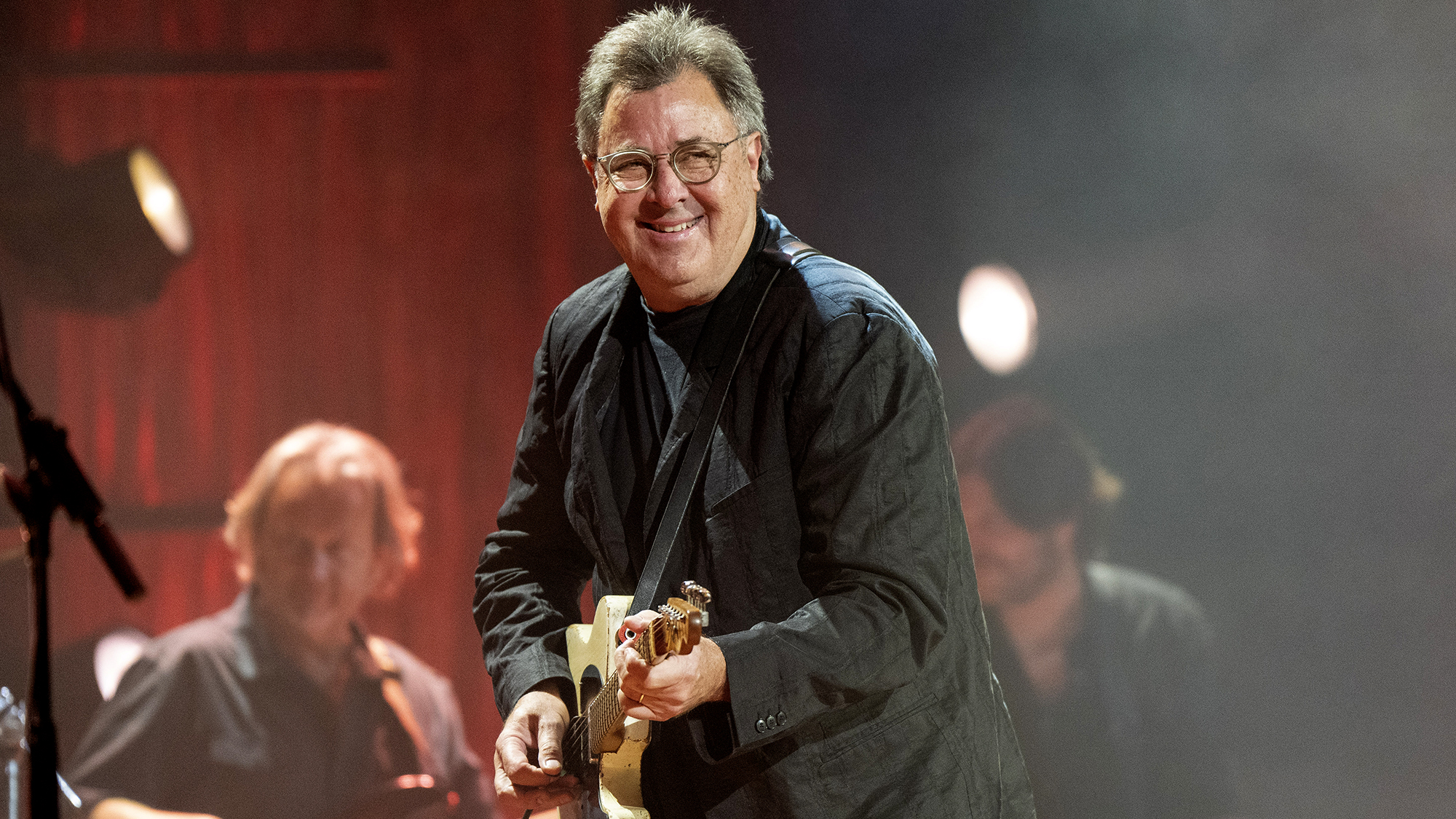“He felt bad, we felt terrible.” Mickey Dolenz on the worst tour match-up in rock history: the time Jimi Hendrix opened for the Monkees
The singer says he’s “the one to blame for that little bit of insane rock and roll trivia”

With nearly 60 years of hindsight, having the Jimi Hendrix Experience open for the Monkees back in 1967 was clearly not a good idea.
Then again, it should have seemed so at the time — but not to Micky Dolenz, who considers himself “the one to blame for that little bit of insane rock and roll trivia.”
The lead singer of Monkees hits such as “Last Train to Clarksville” and “I’m a Believer,” Dolenz was an early Hendrix fan, from when he was playing in New York City as Jimmy James and the Blue Flames, and before his fateful move to England and the formation of the Experience there.
“I had seen him in New York at the Cafe Au Go Go with John Hammond,” Dolenz tells us. “His claim to fame was he’s the guy who plays guitar with his teeth.”
A little more than a year later, Dolenz spied Hendrix again with his new band members: drummer Mitch Mitchell and bass guitarist Noel Redding.
“I was at the Monterey Pop Festival and all of a sudden, onstage comes this trio dressed up in crazy stuff. And I look and say, ‘Hey, that’s the guy that played guitar with his teeth!’”
Dolenz was dazzled by Hendrix’s performance, which included him famously setting his Fender Stratocaster on fire and smashing the electric guitar to pieces.
All the latest guitar news, interviews, lessons, reviews, deals and more, direct to your inbox!
“I remembered him… and I was blown away by him and, of course, his talent, and by Noel Redding and Mitch, too,” Dolenz recalls. “It was the most incredible rock blues that we’d ever heard. I was dumbfounded, as everybody was.”

That was in June 1967, by which time Dolenz and the Monkees had a hit NBC TV series, three chart-topping, multi-Platinum albums and three number one singles to their credit. At the time, they were in the midst of planning their first major U.S. tour.
“We were looking for an opening act,” Dolenz remembers, “and I suggested him to the producers of the show. I said, ‘Y’know, he’s very theatrical,’ which he was, of course. And the Monkees, to me, was essentially a theatrical act. We were a TV show, right?
“So I thought it was a good mix, and I loved his music. That had a lot to do with why I recommended it. I was like, ‘Wow, this would be great.’”
File that under “Seemed Like a Good Idea at the Time.”
Hendrix and company took the tour — over the strenuous objections of Chas Chandler, Hendrix’s producer/manager, who knew the Experience’s electric church would not play well to a female-dominated teen crowd bent on worshipping Dolenz and Monkees mates Davy Jones, Mike Nesmith and Peter Tork, with whom Hendrix had become friendly at Monterey. Hendrix was subsequently Tork’s house guest in Laurel Hills, California as well.

Dick Clark, who promoted the tour, recalled later, “I’m positive that there must have been some concerns and skepticism raised, because anybody could have seen it was not a compatible coupling... That’s what [the Monkees] wanted, and the deal was made.
“They fancied themselves as being an attractive coupling. It wasn’t, and the audience was totally lost.”
The tour began on July 8, 1967 in Jacksonville, Florida, about two months after the release of Hendrix’s Are You Experienced album, followed by a sea cruise the next day to celebrate Mitchell’s birthday before a show in Miami that night. The reception was predictable, with Monkees-mania ruling and the Experience playing to chants of “We want the Monkees!” and “We want Davy!”
Less than two weeks into the tour Chandler met with Clark, who agreed to take the band off the bill. The promoter concocted a story that they’d received complaints — including one from the Daughters of the American Revolution — that Hendrix’s performance was “too erotic,” leading to the Experience being “barred from the tour” after eight shows.

Hendrix himself spoke to New Musical Express about the situation some time after.
“Firstly they gave us the ‘death’ spot on the show — right before the Monkees were due on. The audience just screamed and yelled for the Monkees. Finally, they agreed to let us go on first and things were much better. But we were not getting any billing — all the posters for the show just screamed out ‘Monkees!’
“Then some parents who brought their young kids complained that our act was vulgar. We decided it was just the wrong audience. I think they’re replacing me with Mickey Mouse.”
“He felt bad, we felt terrible,” Dolenz says now, “but he knew it wasn’t our fault, and we knew it wasn’t his fault. It comes with the territory. We knew he was still great, and believe you me, Jimi Hendrix would have done just fine without opening for the Monkees.”
Nevertheless, Dolenz adds, “We all became quite good friends. He was very kind, quiet, very gentle, not at all like his onstage persona. We really had a good time hanging out together.”
The Hendrix story is one Dolenz is fond of telling during his Songs and Stories solo shows, and it will likely be told during next year’s 60 Years of the Monkees tour, which begins February 13, 2026, in Cerritos, California, with dates booked into November.
Gary Graff is an award-winning Detroit-based music journalist and author who writes for a variety of print, online and broadcast outlets. He has written and collaborated on books about Alice Cooper, Neil Young, Bob Seger, Bruce Springsteen and Rock 'n' Roll Myths. He's also the founding editor of the award-winning MusicHound Essential Album Guide series and of the new 501 Essential Albums series. Graff is also a co-founder and co-producer of the annual Detroit Music Awards.

